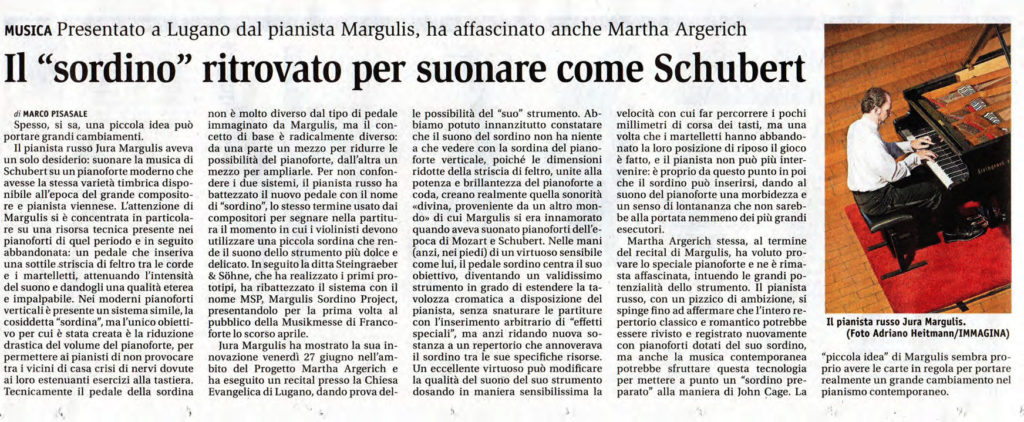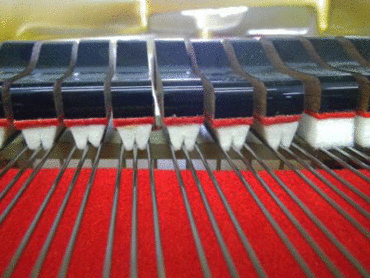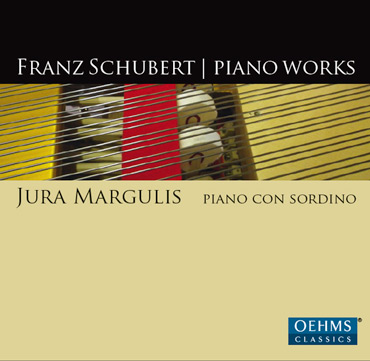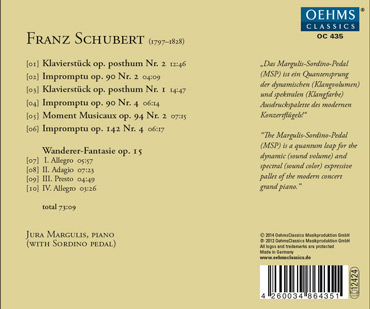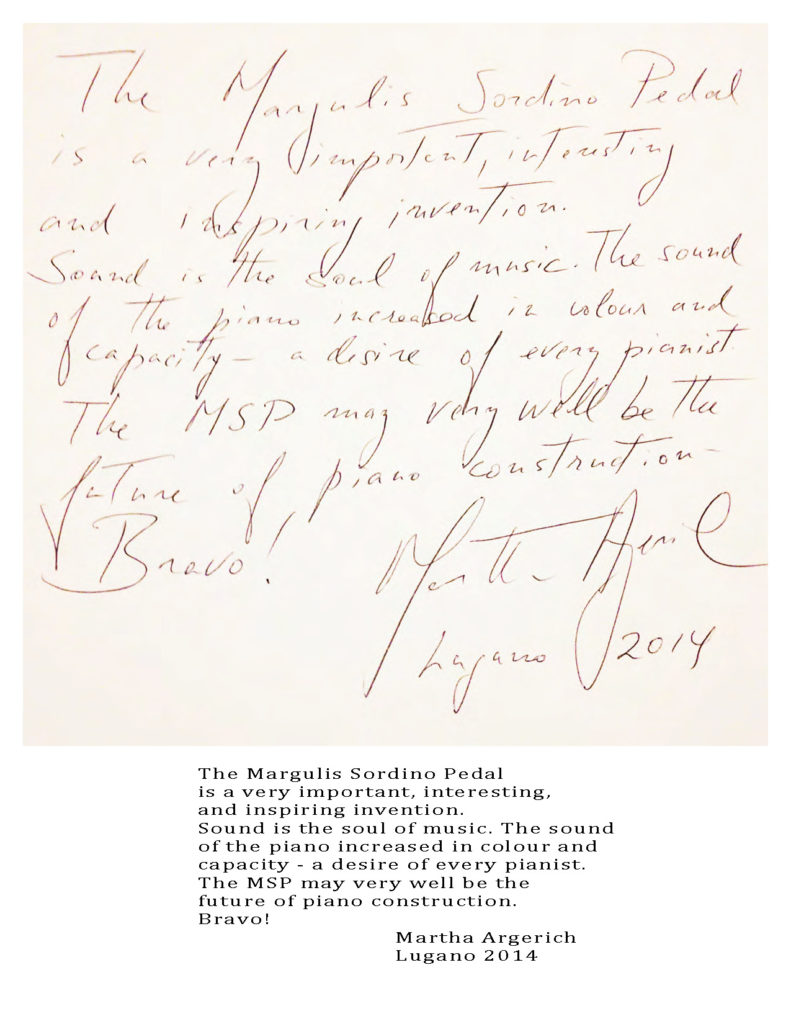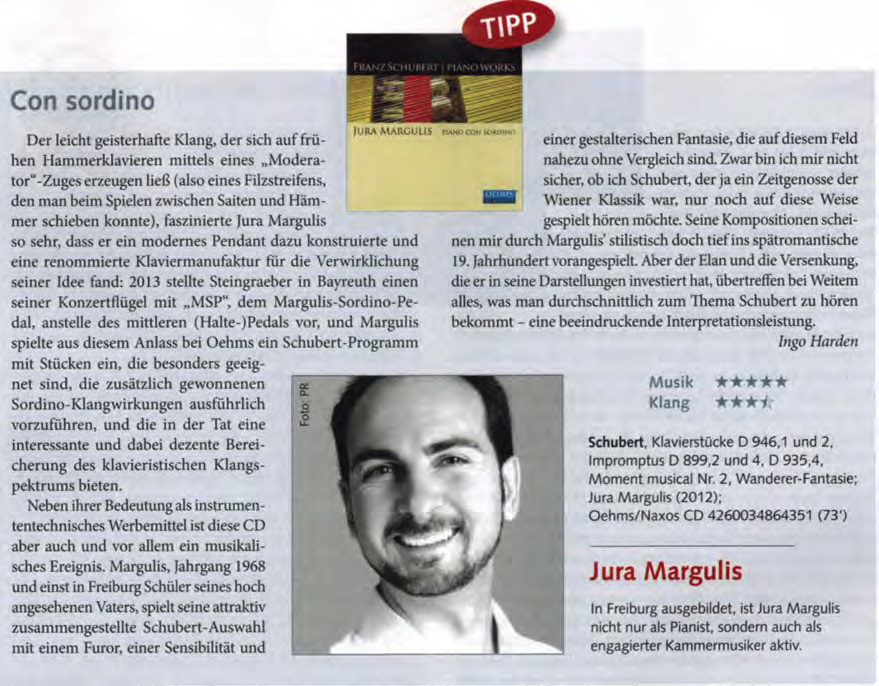
The Margulis-Sordino-Pedal
in Collaboration with Steingraeber & Söhne
In my encounters with historic instruments it struck me how beautiful, sonorous, and delicate their sound can be if investigated and implemented properly and how it could and should serve and inspire us when playing a modern concert grand. It occurred to me that pianos in the early 19th century sang much more beautiful, screamed much later, and whispered much softer. One day when I played an old Hammerflgel (Fortepiano) by Graf, Streicher, or Rosenberger, I had an epiphany about the kind of sound the composer of its time might have imagined when he wrote pp or ppp using the sordino pedal effect: a sound of distant beauty and intimacy, a sound of infinite tenderness and penumbrian light, a sound distinctly different to that of an open string; a sound one wishes for but can’t quite achieve on the modern concert grand.
And then I had another epiphany: why not install such a sordino in a modern instrument? In consultation with leading authorities on historic instruments and contemporary performance and in many years of efforts and investigation I was fortunate to find in Steingraeber & Söhne a partner who was willing and able to install such a device based on my ideas and engineering suggestions (i-DEPOT no. 043368). Its first installation required Mr. Steingraeber to drill holes in a finished grand piano frame; I remember the pearls of sweat on the technician’s brow. But it worked out beautifully and Steingraeber’s efforts produced since then a second generation of the mechanism allowing a smooth horizontal shift movement of the felt rail – resembling the historic Graf device. I am particularly fond of Steingraeber’s D-232 and think of it as the finest instrument built today.
The Margulis-Sordino-Pedal in collaboration with Steingraeber & Söhne aims to re-introduce the original function of the sordino pedal with its subtle and expressive augmentation of sound capabilities into the modern grand piano, and is both: an innovation in the present, as well as a bridge to the past; a past that we are immersed in due to the vast piano repertoire from that time. The technical demands on installing the MSP are comparatively small and inexpensive; most of the mechanism of the middle pedal is utilized and very thin felt (not leather) is used. It is as if one has two sets of hammers at one’s disposal; the technical use of the middle sordino pedal is intuitive and instantly becomes an expressive tool. The Steingraeber D-232 with a MSP is arguably the pinnacle of modern grand piano construction – one has to hear (or play) it to believe it!
This first CD recording on a MSP Steingraeber D-232 introduces the once preeminent and now extinct sordino to the modern concert grand, and showcases the vast possibilities of a modern sordino pedal. The scope and quality of expressive sound augmentation by a sordino pedal is instantly notable to expert and amateur alike, both in a live presentation and on recording; it presents a vastly extended dynamic and spectral variety – and is an innovation unprecedented in the past 150 years of piano making history.
A few words about the MSP history: In the late 18th and early 19th centuries many grand pianos had a special pedal that shifted a very thin layer (or comb) of leather or felt between hammers and strings. The purpose was not to substantially dampen the sound, but to change the quality of sound to an ethereal, distant, and uniquely beautiful sonority; an expressive tool like the other pedals. By 1800 this pedal (and sometimes knee lever) enjoyed a ubiquitous presence, particularly in Vienna, and was as widely integrated as the sustain- (right) and una corda- (left) pedals, Graf had a piano made for Beethoven with a sordino (which Graf called “Moderator”) pedal, and Erard built a similar function into his pianos and called it, so French, the “Celeste”. Mozart and Schumann owned pianos with that pedal function. It was in fact featured in the first Steinway grand piano of 1853. The fact that the pedal was widely represented in the early part of the 19th century suggested to me that when a composer, such as Mozart, Schubert, or Beethoven wrote pp or ppp, and the sordino pedal was present in the instrument, it was common sense to use it.
As demands on greater sound volume developed – due to the emergence of larger concert venues and tempestuous virtuoso repertoire imitating the grand orchestra with heavy brass, massive percussion with cymbals, and 32 strings in one section – the frame became metal to support substantially more tension (up to 22 tons) and thus gained substantially more overtones; the keyboard expanded to 88 keys and just over 7 octaves (from 5 and then 6); the strings got more siblings (three instead of two) and grew in length (by bedding them not parallel but across) and became thus more powerful. Presumably as a consequence of that demand the tone softening pedal was eventually abandoned; the sostenuto (middle) pedal became ubiquitous by the 20th century in concert halls around the world.
The now sacrosanct and for almost 150 years unchallenged sostenuto pedal serves however but a fraction of most of the performed and recorded piano music – while the sordino pedal has been in use for 80 years of the most productive time for pianist concert repertoire (e.g. Schubert D 784 Sonata op. 143 in a Minor, second movement, Andante, bar 4, bar 8 &cetera: “sordini” “ppp”, or Beethoven Sonata No. 14 in C-sharp minor “Quasi una fantasia”, first movement: “sempre pp e senza sordini”). Not to be confused: The mute lock-pedal (or lever) was introduced for upright pianos in the early 1900s and originates from the same technical idea: a layer of felt between hammers and strings – but with the purpose of making the continuous sound (“banging”) of piano practicing tolerable (silenced) to neighbors in densely populated apartment complexes and conservatories. One could hammer away practicing loud (and for a long time) without being heard in the next room. This technology today is been slowly replaced by the „silent action“ – quite the opposite of the purpose of the historic/modern sordino pedal.
As the “moderator” is now widely understood as the mute lever and the “celesta” or “celeste” is known as a symphonic keyboard instrument with a sound similar to that of a Glockenspiel (metallophone), I named the new incarnation of that old function the “Sordino Pedal” as to avoid confusion and to elucidate it’s function, which, like the sordino of an orchestral or solo string instrument (or the mute insert – cup, harmon, bucket, or palm of a brass instrument), means to extend expressive dynamics in the regions from mf to ppp as well as give the modern concert grand piano a vastly extended range of color and timbre.
As we now possess refined recording technology and excellent acoustic architecture in venues and the concert grand both, I believe the Moderator, Jeu Celeste, or Pianissimo Pedal of old deserves again the attention of piano makers, concert pianists, recording artists, and the myrmidons of music: A re-introduction of the sordino pedal and its capabilities of expressive sound and color augmentation back into the modern grand piano, by replacing (or adding to by switch or lever) the existing middle or sostenuto pedal, creates tremendous new possibilities for the interpretation of a major portion of the piano repertoire (including Haydn, Mozart, Beethoven, Schubert, Schumann, Chopin, Brahms, Debussy, etc.) – and is a quantum leap of the dynamic (sound volume) and spectral (sound color) expressive pallet of the modern concert grand piano.
“Assist the New without sacrificing the Old”
Thomas Mann (1875–1955)
Jura Margulis, 2014.
The CD is available on iTunes, Amazon US, UK, and DE, JPC CD Universe, ClassicsOnline, and Naxos.
The MSP Steingraeber D-232
After years of preparation, research, persistency and ingenuity, Margulis/Steingraeber is proud to present the MSP Steingraeber D-232.
It is the first modern concert grand piano with a Sordino function activated by the middle pedal, which also permits the Sostenuto function.
The middle pedal mechanism activates the traditional Sostenuto function and can be switched to the historic Sordino function by a lever hidden under the keybed.
The MSP Steingraeber D-232 can be experienced by appointment at Steingraeber & Soehne in Bayreuth, contact: E-Mail: steingraeber@steingraeber.de, Tel.-Nr. +49 (0)921-64049

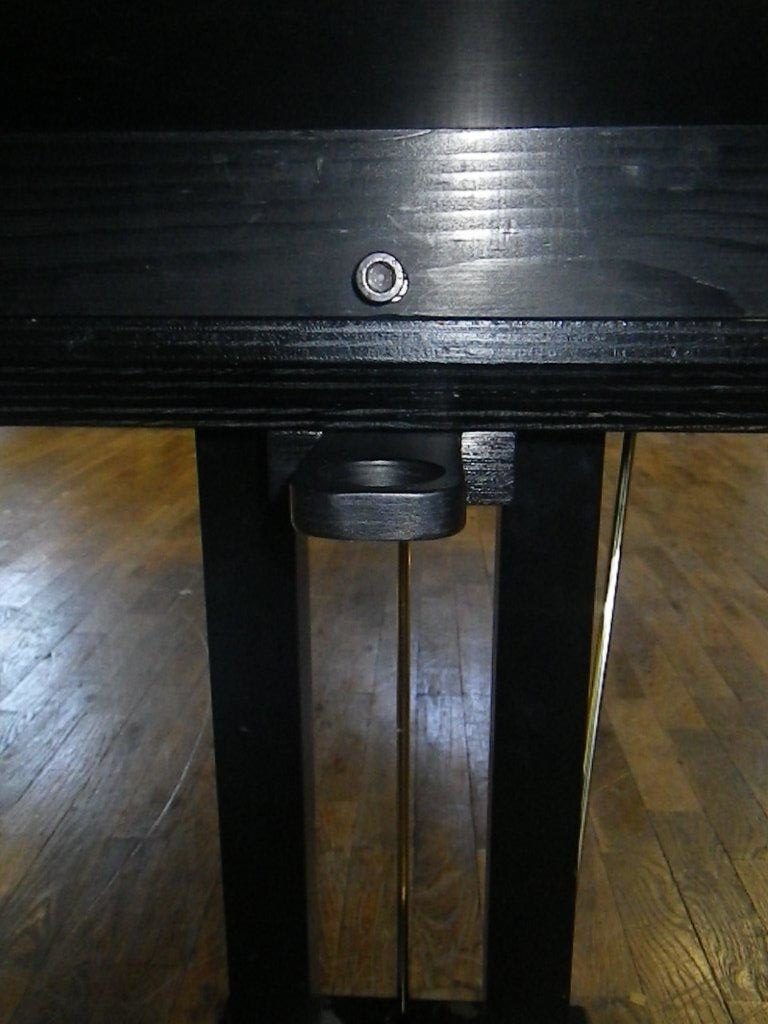
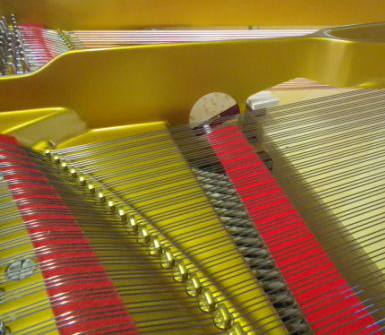
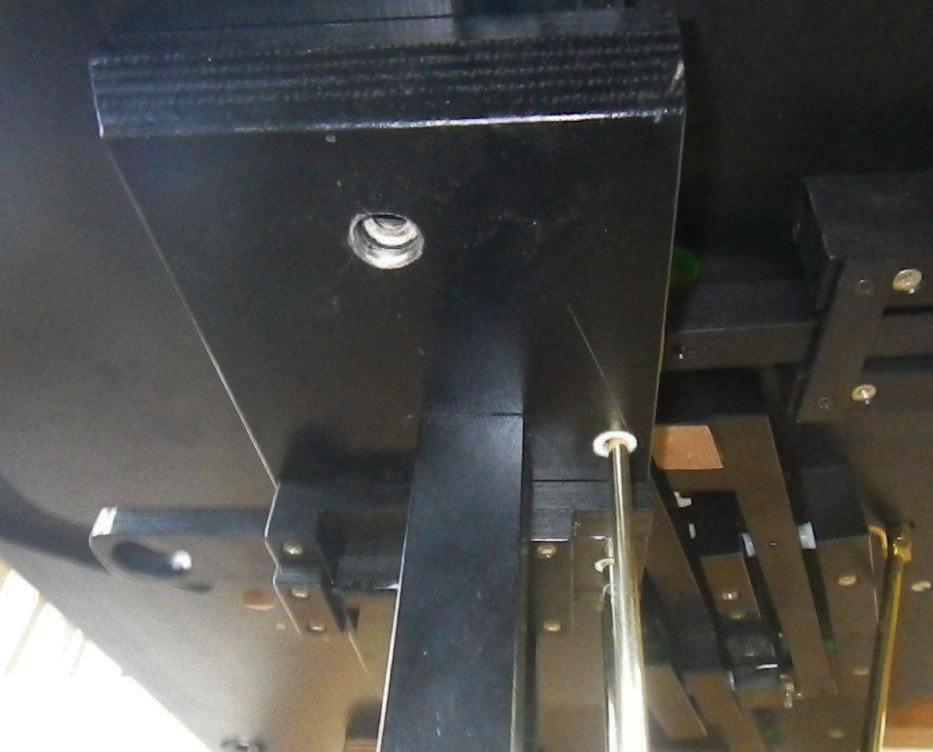
MSP Press
“It is well possible that we witness one of the most significant inventions in piano construction since decades.” – BZ
“Margulis plays (Schubert) with an enthusiasm, a sensitivity, and a creative imagination that are near incomparable.” – Fono Forum
“The MSP may very well be the future of piano construction” – Martha Argerich
